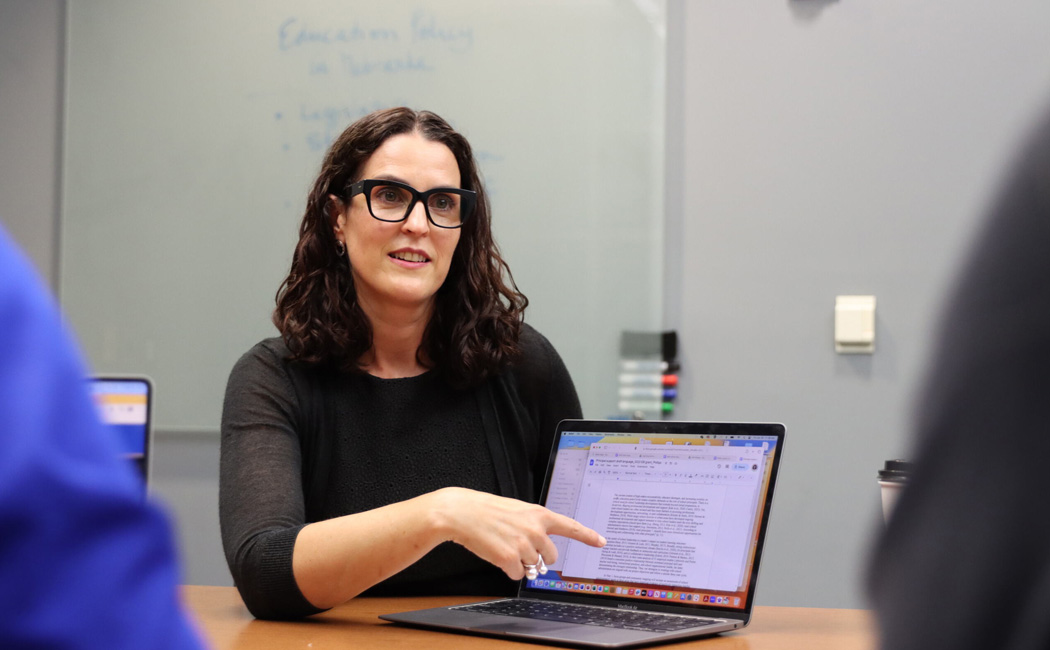
Last fall, more than 900 teacher positions in Nebraska were either vacant or filled by underqualified personnel, according to the Nebraska Department of Education.
With so many vacancies, school districts are forced to compete for candidates from a relatively small pool — something that can have long-term negative effects on rural Nebraska communities.
Aprille Phillips, associate professor of educational administration at the University of Nebraska at Kearney, is exploring teacher job satisfaction and retention in rural Nebraska in a project funded by the Nebraska Department of Education. Along with Phillips, other UNK project researchers include Janet Eckerson, assistant professor of Spanish; Chandra Diaz, associate professor of teacher education; and Chelsea Feusner, assistant professor of educational administration.
For one portion of the study, the team gathered survey results on teacher job satisfaction from about 300 educators in central Nebraska, then began the process of comparing the local data with national data compiled from the National Center for Education Statistics (NCES) to examine differences and similarities on teacher satisfaction on national and local levels.
Phillips and her team worked with the MAP Academy’s HyeonJin Yoon, research assistant professor, and Jamy Rentschler, postdoctoral fellow, to examine the local survey statistics and conduct a comparative analysis with the NCES data. The collaboration was supported by the MAP Academy’s Applied Analytics and Data Infrastructure (AADI) Catalyst Program, which enable faculty to engage with MAP Academy researchers, drawing upon their expertise in rigorous analysis and database support.
Yoon and Rentschler determined the methodology used in the national results, then analyzed local data to ensure they were precisely replicated, and accounted for a smaller sample size. They also created charts and graphs to visualize the data, and wrote detailed descriptions of their statistical analysis methods and initial findings.
“They made sure we were comparing apples to apples rather than just looking at numbers on a face value, but not using the same methodology,” Phillips said. “Their work simplified things so much. They saved me countless hours it would have taken me to analyze comparative data.”
Phillips aims to use project findings to provide educators and school administrators more insight into teacher job satisfaction in central Nebraska, and to pinpoint resources to enhance teacher satisfaction and generate more professional development.
“We are continuing to look for other funding sources to continue to research into reasons for teachers shortages, but also to help put programs in place to respond to what we learn from surveys like this,” Phillips said.